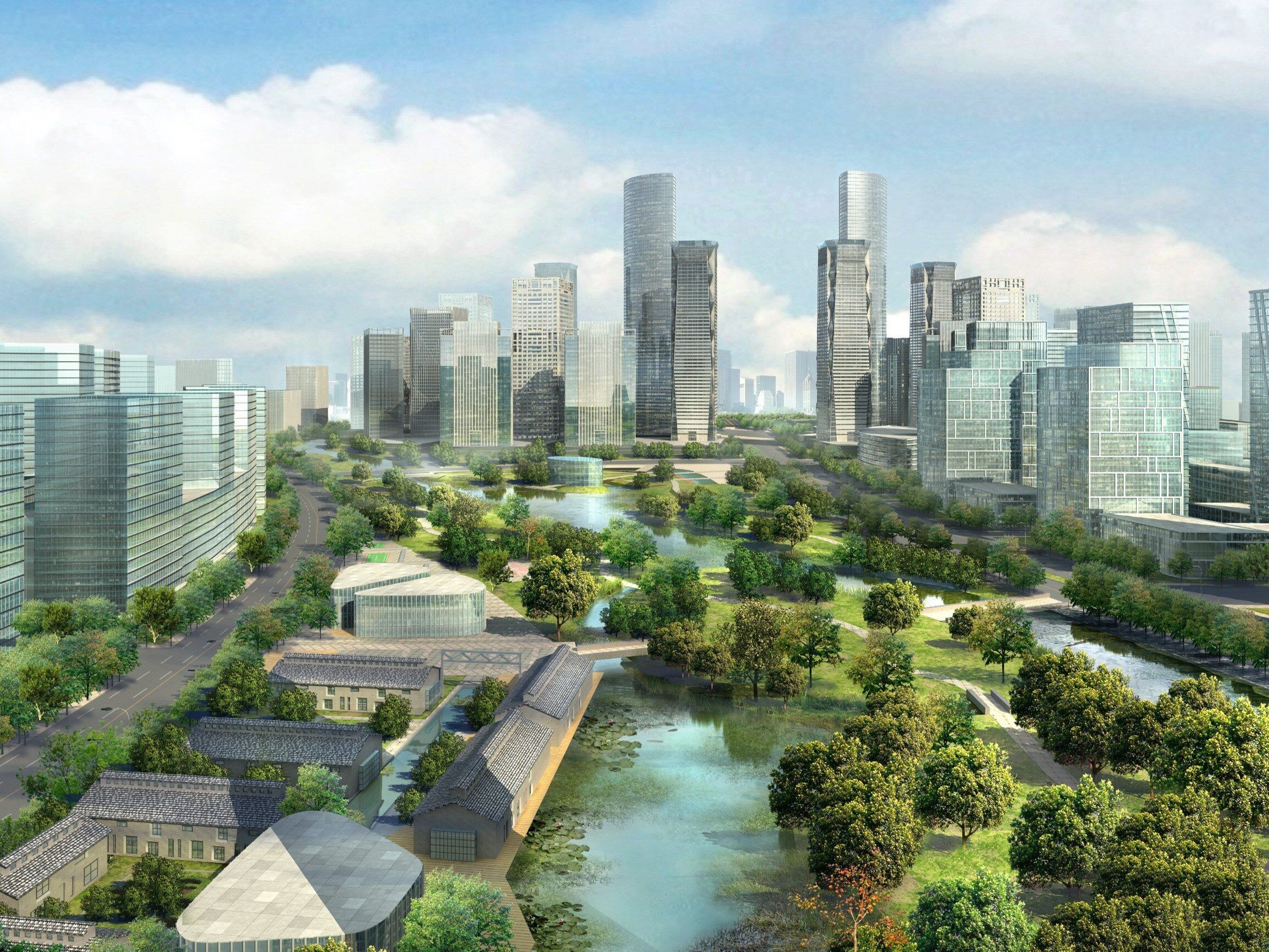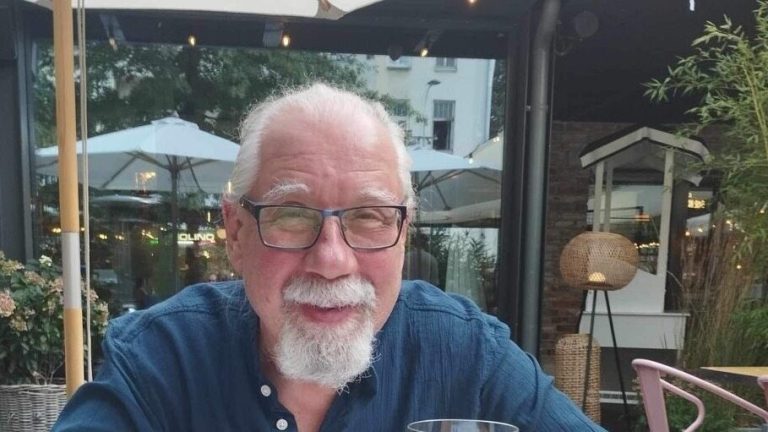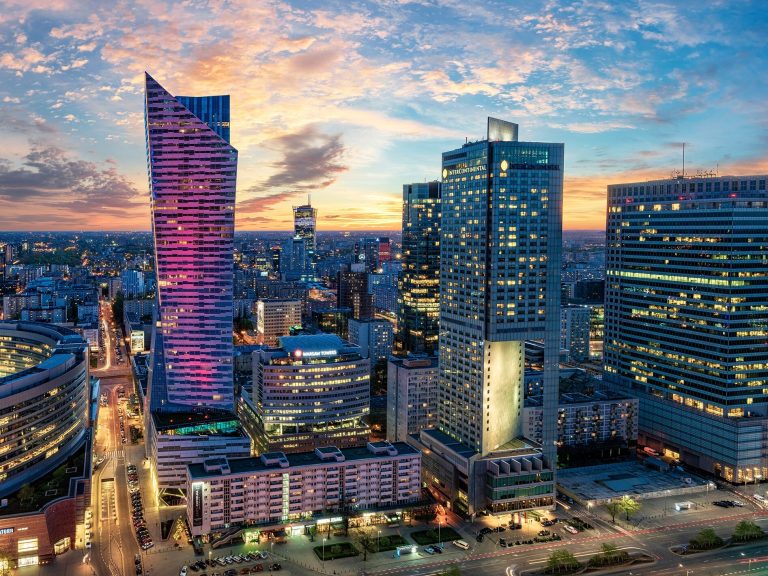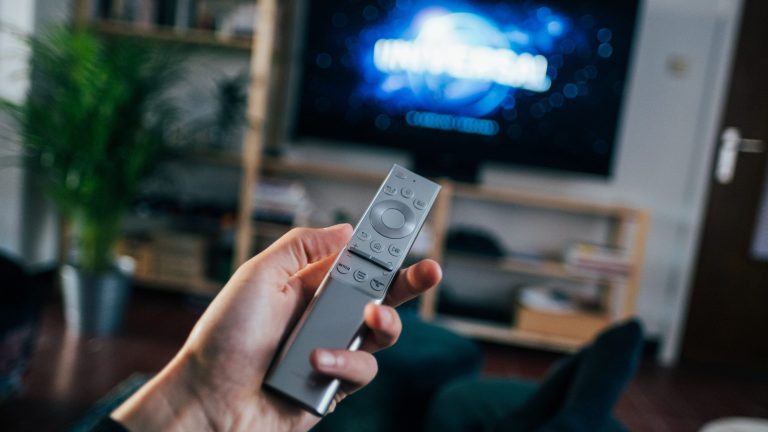The city as a laboratory for an urban planner. “We create visions that can improve lives”

– A gardener who creates a park never sees the final effect of his plan. It is similar with urban planning – says Dr. Eng. arch. Gabriela Rembarz, urban planner from the Faculty of Architecture of the Gdańsk University of Technology. In the latest episode of the “People of Science” podcast, we talk about how scientists deal with cities and what are currently the most important issues regarding urban development planning.
This month, as part of the “Science is a Polish specialty” series, we deal with science in the context of city planning. We invited a Polish urban planner, Dr. Eng., as a guest of the latest episode of the “People of Science” podcast. arch. Gabriela Rembarz from the Department of Urban and Regional Planning at the Faculty of Architecture of the Gdańsk University of Technology.
We invite you to listen to the entire episode of the Wprost podcast “People of Science”:
City – “beauty and energy”
Dr. Gabriela Rembarz in the “People of Science” podcast talked about what is considered the most important issue when it comes to the development of European cities. – We have a document, the European Urban Agenda, which defines what is most important today, in the current rhythm of the economy and social development, from the point of view of the economic and social development of Europe – said the urban planner.
– This document talks primarily about resources and treats the city as an economic and social mechanism. Not as an aesthetic emanation of some aesthetic idea, but as a tool for building a healthy, economically strong society or community. The main point is that we should strive to make the city self-sufficient. And here the main emphasis is on people – said the scientist. – Secondly, today, in the war crisis, we are all talking about energy more strongly than before the conflict in Ukraine, about how Europe can become independent from conventional energy. There is a huge discussion here on how to plan, build and develop cities so that they need as little external energy as possible, she added.
The city planner emphasizes that it is not enough for “everyone to put a solar panel on their roof.” – This is exactly such a trap, because the most effective solutions require the ability to cooperate between people, create energy cooperatives, and group solutions, which also include urban planning. A poorly designed city and poorly built-up areas will never be energy efficient, says Dr. Rembarz. – However, we must remember that what is technically the most effective is almost never effective when it comes to building good interpersonal relationships, building a community, building something that we need for psychological reasons. This social psychology is also very important here. The question about the identity of a place, the question about roots – he emphasizes.
“Scientists who study the city come from all disciplines.”
Many different scientists study cities. – On the one hand, we have an engineering approach that says only what is practical – points out Dr. Rembarz. – On the other hand, we have people who say the city is a concept, it is Baukunst, as it is called in German. So it is art, an element of aesthetics, an element of beauty. We often say “beauty and energy,” he adds.
The urban planner also pointed out that other scientists had an economic approach, others had a sociological approach, others pointed out that the city is an organism, and still others today talk about an algorithm.
– Scientists who study the city represent all fields. And here we can say about urban planners that we deal with it most generally, we try to combine these individual disciplines and we are responsible most for the topic of form, for what the city looks like – says Dr. Rembarz. – As urban planners, we are a group that tries to take some control over it, that is, to combine these dimensions. Today, we have huge funding for research projects that go towards collecting information on what is happening in cities, measuring, and examining processes. Here we use data from mobile phones about how residents function, what they do and what they do. All this is done to adapt spatial decisions to today’s needs as best as possible. What’s more, you can guess what will happen in 20-30 years – he points out.
The city planner believes that predicting future trends is “very difficult and complicated.” – For many years, our discipline was considered unscientific because we largely use hypotheses, we talk about scenarios and hypothetical possibilities. Based on good tendency recognition, we create certain visions that can make our lives better. And these visions are sometimes very distant from one another – he says.
“The city is the urban planner’s scientific laboratory”
Dr. Rembarz points out that when planning the development of cities, we should bear in mind that whatever we build today, we will leave it to our grandchildren and great-grandchildren. – It is this prolonged effect that connects urban planning more with garden planning than with architecture. Because a gardener who creates a park never sees the final effect of his plan. It is similar with urban planning, that today we plan, and we will find out after a hundred years whether these decisions were good or not, the scientist points out. – Just like today, we often have well-built parts of our cities from a hundred years ago that can be renovated very well and confirm their social and economic value. We are talking about places that are today pearl districts in every city that consciously approaches this issue. The garden city as an idea from the end of the 19th century is still our ideal, to which we return after some mistakes, he adds.
The urban planner also points out how important the idea of a “city for everyone” is. – Not only for the dominant group. People like to talk about the young, beautiful and rich. The city, on the other hand, is of different speeds. The city is both for the fast and for the slower. For older, younger, richer. This is the consensus that we need to build around the city, being able to discuss it, being able to notice it, appreciate it, and not fight over which group is more dominant and will impose its way of seeing, excluding the needs of others, says Dr. Rembarz. – They need to be adapted to this idea so that everyone can make the most of their physical, mental, creative and entrepreneurial capabilities – he adds.
And what is most important in urban planning itself? – I think that the most important thing in city research is that it should be related to practical applications – firmly rooted in reality. We even often say that for an urban planner his scientific laboratory is the city, that is, getting to know it, examining it, noticing it, observing it, opening up to it – points out Dr. Rembarz. – You can’t walk around with your ears plugged, wearing headphones, looking at your mobile phone and later wanting to be an urban planner. You have to open your eyes, open yourself to the sound of the city, to what is happening here. The key question for me is to what extent we understand that research on the city should be the essence, the foundation of the decisions we make. That there is no place for a demagogic approach here – emphasizes the urban planner.






